#Piazza Armerina
Explore tagged Tumblr posts
Text

Roman mosaic floor. Villa del Casale. Piazza Armerina, Sicily, Italy. The colorful mosaics of this villa are among the best preserved in the world.
937 notes
·
View notes
Text

The bedroom of the guest suite. It has an, um, interesting center mosaic.
Villa Romana del Casale
Piazza Armerina, Sicily
#ancient rome#ancient roman#mosaic#sicily#sicilia#villa romana del casale#Piazza Armerina#italy#italia#lensblr#photography#travel#original photography#photographers on tumblr#architecture#historical architecture#ancient architecture#ancient art#roman archaeology#roman architecture#archaeology#roman art#interiordecor#wanderingjana
52 notes
·
View notes
Text
LISTEN I am studying for my roman archeology exam and I watched a video of a really famous guy commenting mosaics of chariot races and he said that could have easily been compared to Formula 1
i think the bizarrely large amount of people who post about sports rpf on here are the closest thing in the modern day to ancient romes insane chariot race fandoms
#the guy was Alberto Angela if you know you know#mosaici del circo a Villa del Casale di Piazza Armerina per chi fosse interessato#my heart lost several beats because HE KEPT MAKING THAT COMPARISON#so don't worry renowned italian paleonthologist and extremely fuckable dilf said sport rpf if fine actually I think I guess#anyway that's what I got from if#f1 rpf
849 notes
·
View notes
Text

Magnificent Roman floor mosaic of the Villa Romana del casale in Piazza Armerina, Sicily, Italy.
235 notes
·
View notes
Photo

Villa Romana del Casale - Piazza Armerina, Enna, Sicilia, Italia.
804 notes
·
View notes
Text
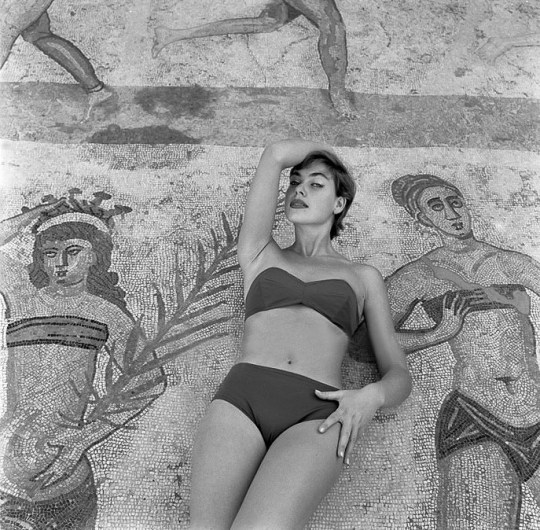
Napoli doğumlu İtalyan modacı Emilio Pucci’nin, Villa Romana del Casale’deki (Piazza Armerina, Sicilya) Bikinili Kızlar Mozaiği’nden esinlenerek tasarladığı ve ‘Siciliana’ adını verdiği İlkbahar-Yaz koleksiyonunun katalog çekiminden kareler. Elsa Haertter‘in kadrajından, 1955
75 notes
·
View notes
Text
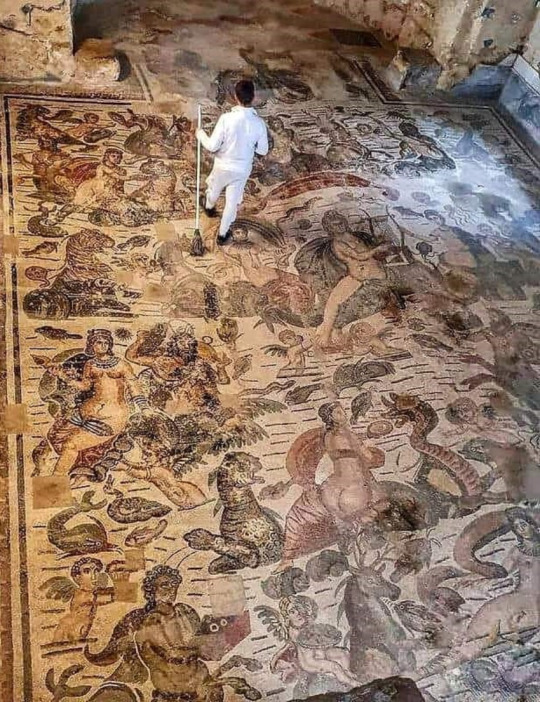
MOSAICO DE LA VILLA ROMANA DEL CASALE
(Español / English)
La Villa Romana del Casale, situada en la pintoresca localidad siciliana de Piazza Armerina, es un tesoro arqueológico que data del IV siglo d.C. Esta villa romana tardía fue incluida en la lista del Patrimonio de la Humanidad por el UNESCO en 1997.
He aquí algunos detalles fascinantes sobre la historia de esta extraordinaria residencia:
Descubrimiento casual: En el siglo XVII, los campesinos que trabajaban en los campos del alto valle del río Gela, al pie del monte Mangone, notaron numerosas estructuras de pared que emergían del suelo. Estas revelaron entonces que pertenecieron a la grandiosa villa imperial del Casale. El entusiasmo por este hallazgo atrajo la atención de muchos eruditos locales.
Mosaicos excepcionales: La Villa Romana del Casale es famosa sobre todo por su extraordinaria colección de mosaicos, perfectamente conservados en el tiempo gracias a una capa de barro causada por una antigua inundación. Estos mosaicos decoran los pisos y representan escenas mitológicas, animales, juegos y actividades diarias. Son un verdadero espectáculo para los ojos y testimonian la riqueza y el gusto artístico de la época romana.
Estructura monumental: El chalet incluye Cubículos, Vestíbulos,Peristilos, Ambulacri, Triclini, Diaete, Acueductos, Latrine y Termas. La disposición en diferentes niveles recuerda el ejemplo de la villa del emperador Tiberio en Capri. La magnificencia de los mármoles, de las columnas y de los suelos de mosaico desafía incluso la morada de Diocleciano en Split.
La Villa Romana del Casale es un viaje al pasado, un lugar donde la historia y el arte se funden en una experiencia extraordinaria. Si alguna vez tienes la oportunidad de visitarla, te recomiendo admirar estos mosaicos únicos y sumergirte en la antigua grandeza de este lugar mágico.
------------------------------------------------------------------------------
MOSAIC OF THE ROMAN VILLA DEL CASALE
The Villa Romana del Casale, located in the picturesque Sicilian town of Piazza Armerina, is an archaeological treasure dating back to IV century AD. This late Roman villa has been listed as a World Heritage Site by UNESCO in 1997.
Here are some fascinating details about the history of this extraordinary residence:
Random discovery: In the XVII century, farmers working in the fields of the upper valley of the river Gela, at the foot of the mountain Mangone, noticed numerous wall structures emerging from the ground. They later revealed that they belonged to the grand imperial villa of the Casale. The enthusiasm for this discovery attracted the attention of many local scholars.
Exceptional mosaics: Villa Romana del Casale is famous for its extraordinary collection of mosaics, perfectly preserved over time thanks to a layer of mud caused by an ancient flood. These mosaics decorate the floors and represent mythological scenes, animals, games and daily activities. They are a real spectacle for the eyes and testify to the richness and artistic taste of the Roman period.
Monumental structure: The villa includes Cubicles, Vestibules, Peristili, Ambulatories, Triclini, Diaete, Aqueducts, Latrine, and Terme. The layout on different levels recalls the example of the Emperor’s villa Tiberius on Capri. The magnificence of the marbles, columns and mosaic floors defies even the abode of Diocletian in Split³.
The Villa Romana del Casale is a journey into the past, a place where history and art come together in an extraordinary experience. If you ever have the opportunity to visit it, I recommend that you admire these unique mosaics and immerse yourself in the ancient greatness of this magical place .
67 notes
·
View notes
Text

Unknown Roman mosaicist, Villa Romana del Casale: Mosaic Showing Female Athletes Competing for Prizes, ca. 300-325 CE, mosaic (Piazza Armerina, Sicily)


308 notes
·
View notes
Text
Triste è il pensiero del tuo sangue divino.

Mosaic of the 'Great Hunt' (300 AD) Villa del Casale, Sicily
1K notes
·
View notes
Text








Avec Christine, on a fêté nos 40 ans d'amitié en faisant un voyage de 15 jours en Sicile. Nous voici maintenant à Piazza Armerina, à l'intérieur des terres.
Non loin, la Villa del Casale (bâtie fin IIIe s. apr. J-C.) aux mosaïques romaines grandioses (3500m² de surface !!).
Ici, la Salle d'Arion, avec plein de monstres marins, tritons, hippocampes, dauphins et tigres marins,... Je supposent qu'au milieu, ce sont Neptune et Amphitrite ? Et Arion jouant de la lyre sur son dauphin sauve(te)ur...
#sicile#italie#piazza armerina#villa del casale#mythologie#archéologie#mosaïque#rome antique#neptune#triton#hippoocampe#tigre#amphitrite#poséidon#arion#dauphin
56 notes
·
View notes
Text
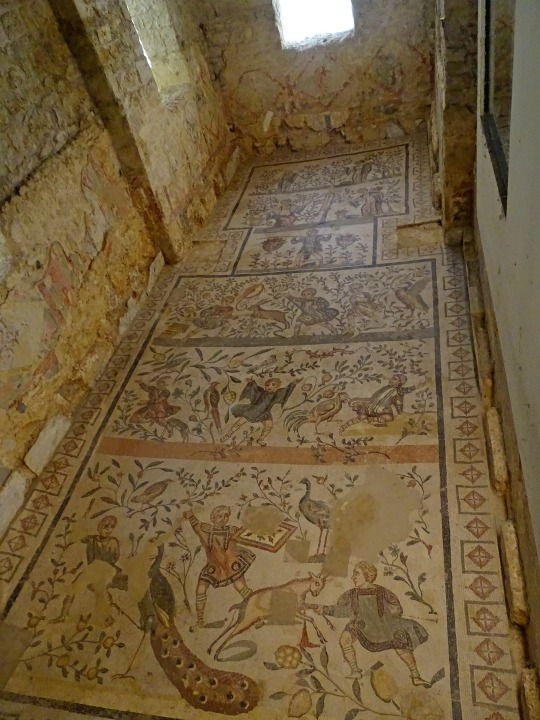
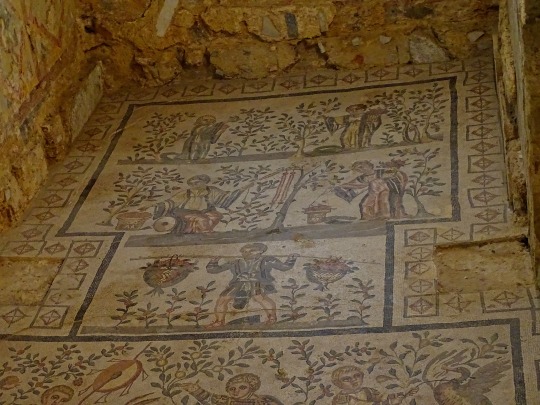
A floor mosaic found in the Villa Romana del Casale (often called Piazza Armerina), a 4th century Ancient Roman villa in Central Sicily. This villa has some of the best preserved in situ Roman mosaics in Italy.
Dec. 2019
#piazza armerina#ancient rome#ancient roman#ancient art#mosaic#art#italia#italy#original photography#photography#travel#photographers on tumblr#lensblr#architecture#historical architecture#villa#interior design#villa romana del casale#sicily#sicilia#wanderingjana
41 notes
·
View notes
Text
i should go to piazza armerina again it was wasted on 13yo me
4 notes
·
View notes
Text
Villa del Casale Piazza Armerina en Sicilia.
Sus mosaicos son de los más espectaculares del mundo.
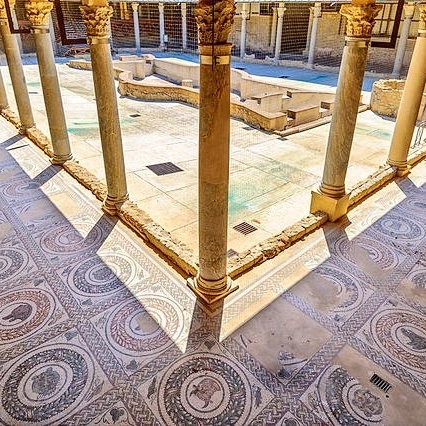
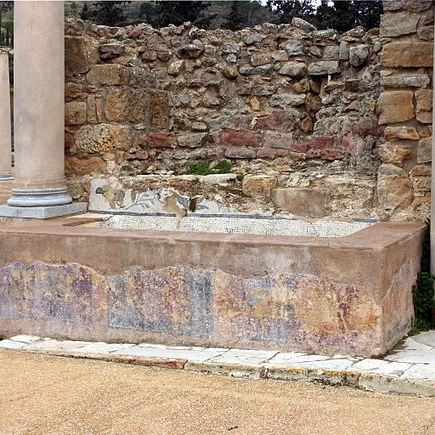


23 notes
·
View notes
Text

Shrimp and Sea God, IV century A.D, Piazza Armerina, Villa del Casale(Some mosaic I found in my Ancient Greek literature book, I can't find the whole thing online though)

#The shrimp looks like the actual god in the picture#He knows my sins#Mosaic#Ancient art#Ancient Rome#Ancient Greece
23 notes
·
View notes
Text
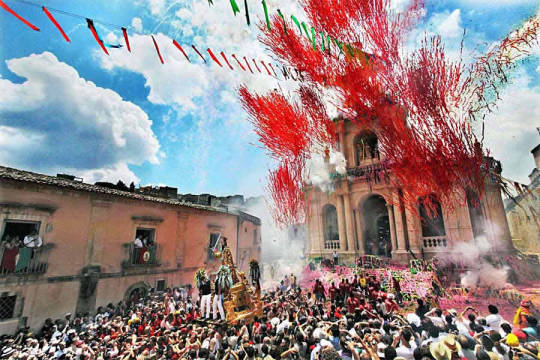
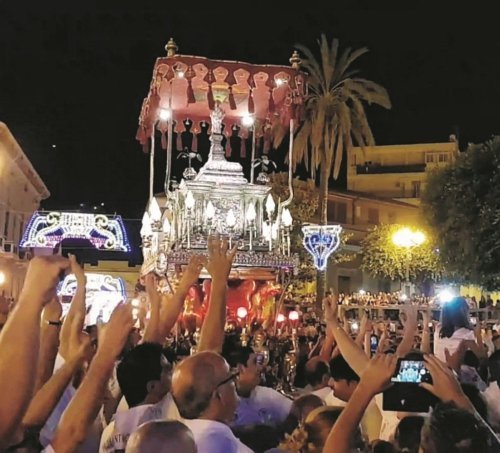
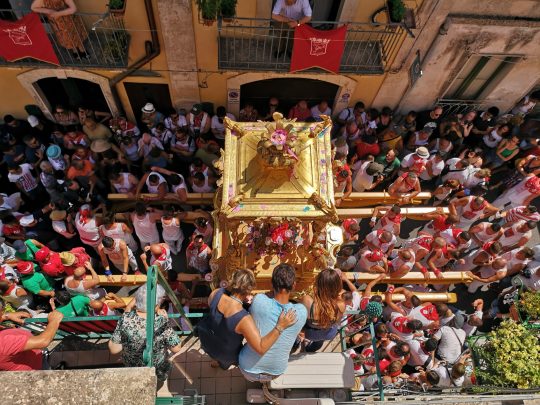
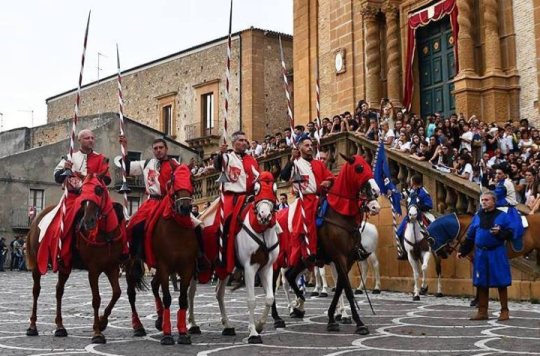
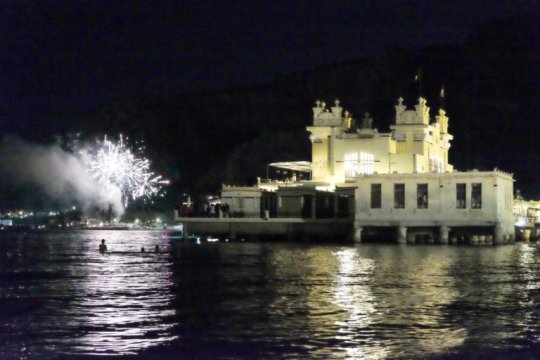
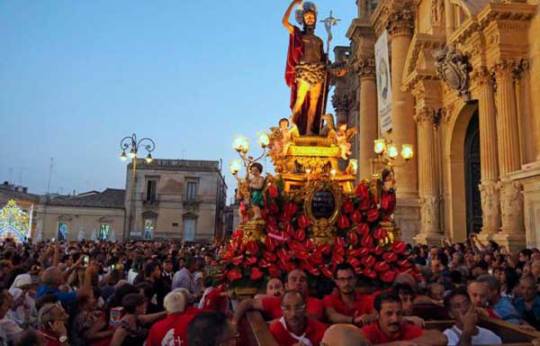
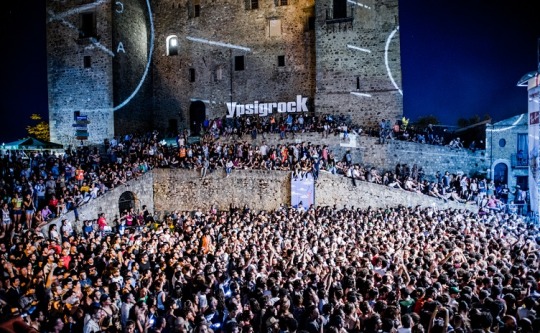


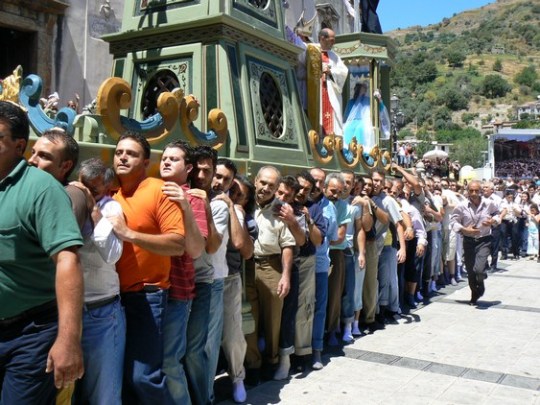
Palazzolo Acreide -Festa di San Paolo, Licata -Festa di Sant'Antonio, Scicli- Festa di san Sebastiano, Piazza Armerina-Palio dei Normanni, Mondello - Festa in spiaggia, Ragusa-Festa San Giovanni, Castelbuono-festa Rock, Aci - Festa San Sebastiano, Trapani-I Misteri, Fiumedinisi-Festa della Vara
Il mondo è fatto di uomini soli di donne che nessuno ama di ragazze che non hanno amici di ragazzi messi da parte di vecchi che nessuno ascolta. Eppure gli uomini amano le feste grandi banchetti pieni di risate balli in piazza per tutta la notte cantare, con mille altri se stessi. Eppure gli uomini amano amare stringersi di notte con un cuore coprirsi con coperte di tenerezza per scambiarsi le anime in silenzio Allora di chi è la nera colpa? Chi costruisce i muri invisibili che nel silenzio ci imprigionano? Chi ci chiude in tombe senza fiori o in giorni senza sorrisi rendendoci fiumi senza acqua. Qual’è il male che ci infetta? quale morbo ci avvelena? quale virus ci distrugge chiudendoci in un angolo? chi nasconde i nostri domani chi ci fa odiare ogni voce ci fa fuggire ogni sguardo Senza essere poi salvati da un piccolo lieto fine da un semplice amore da una rima baciata? Il mondo è fatto da uomini soli li vedi camminare in silenzio scrivere versi sui muri sbrecciati sognare nelle notti senza stelle danzare soli nelle piazze vuote, amare senza sapere chi e come senza sapere fino a quando solo perché amare è l’unica salvezza che conoscono
The world is made up of lonely men, of women that no one loves, of girls who have no friends, of boys pushed aside, of old men that no one listens to. Yet men love parties, big banquets filled with laughter, all-night square dancing, singing, with a thousand other selves. Yet men love to love, hug each other at night with a heart, cover themselves with blankets of tenderness, to exchange souls in silence. So whose black fault is it? Who builds the invisible walls that imprison us in silence? Who closes us in tombs without flowers, or in days without smiles, making us rivers without water. What is the evil that infects us? what disease poisons us? which virus destroys us by locking us in a corner? who hides our tomorrows who makes us hate every voice, makes us flee every glance. Without being saved, by a little happy ending, by a simple love, by a rhyming couplet? The world is made up of lonely men, you see them walking in silence, writing verses on chipped walls, dreaming in starless nights, dancing alone in empty squares, loving without knowing who and how, without knowing until when, just because loving is the only salvation they know
24 notes
·
View notes
Text

Magnificent Roman floor mosaic of the Villa Romana del casale in Piazza Armerina, Sicily, Italy.
3 notes
·
View notes